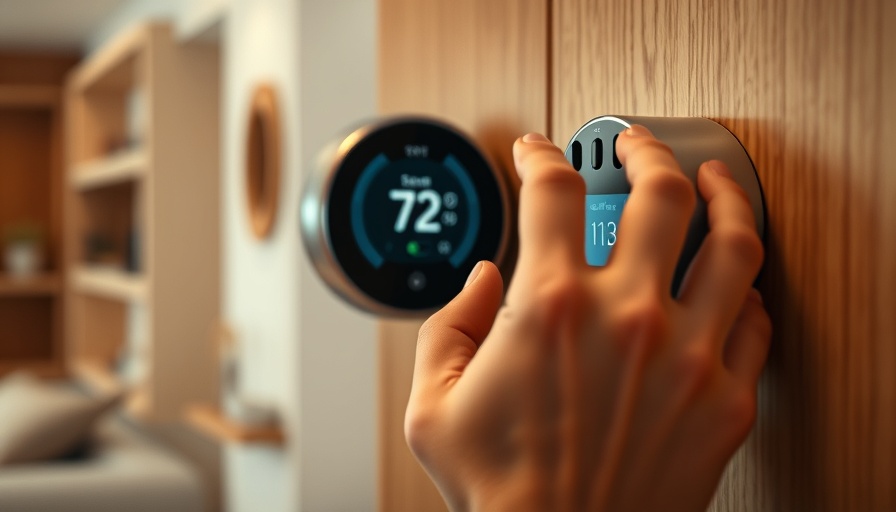
Essential Garage Door Maintenance for Every Homeowner
If you own a garage, you know how essential its door is to your home’s functionality and security. Regular maintenance is key to ensuring that your garage door operates smoothly and lasts a long time. In this article, we will cover essential tips for garage door maintenance, helping you not only save money on repairs but also enhance the safety and longevity of your door.
Why Regular Inspections Matter
Regular maintenance begins with inspections. Take the time to visually check your garage door for any signs of wear and tear. Listen for unusual noises like grinding or scraping when operating the door. These could be indicators of underlying issues that require attention. By performing routine check-ups, you can prevent more significant problems down the line.
Lubrication: The Secret to Smooth Operation
Lubrication is crucial to keep your garage door functioning seamlessly. It is recommended to use a silicone-based lubricant on all moving parts, including rollers, hinges, and tracks, at least twice a year. This practice reduces friction, prolongs the life of the components, and ensures the door operates quietly and smoothly.
Testing Safety Features: A Must-Do for Every Home
Modern garage doors come equipped with safety features to protect your family and belongings. Test the auto-reverse mechanism by placing an object, like a block of wood, in the path of the door. If it doesn’t reverse upon contact, it’s time to call a professional. Additionally, ensure that photo-eye sensors are clean and aligned, as these are vital for safe operation.
Checking Balance and Alignment: Preventing Strain
A well-balanced garage door is essential for proper operation. To check the balance, disconnect the opener and manually lift the door halfway. If it doesn’t remain in position, the springs might need professional adjustment. Regularly checking the door's alignment also helps catch problems early.
Sealing and Insulating: Benefits Beyond Maintenance
Proper weatherstripping around your garage door prevents cold air, pests, and dirt from entering. Look for cracks or missing sections and replace them to keep your garage comfortable. Additionally, if your garage is attached to your home, insulation in the door can improve energy efficiency.
When to Call in the Experts?
While you can tackle many maintenance tasks on your own, some situations require professional expertise. If you find broken parts or if the door fails to open or close properly, don’t hesitate to reach out to professionals. They have the knowledge and tools to handle more complex issues safely.
Conclusion: Invest in Your Garage Door’s Longevity
Taking the time to maintain your garage door will not only extend its life but also ensure it operates safely and efficiently. Regular inspections, lubrication, and even professional check-ups can help prevent costly repairs. By incorporating these maintenance tips into your routine, you ensure your home remains safe and functional for years to come.
Ready to take on your garage door maintenance? Consider following these tips closely, and don't hesitate to contact a professional if you encounter any challenges. Remember, a well-maintained garage door is crucial for your family's safety!
 Add Row
Add Row  Add
Add 




Write A Comment